HiPOD: Week of 15 December 2025
(Column extras are for 15–18 December)
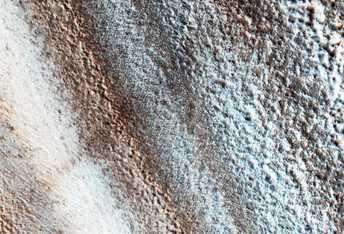
| A Slash across Layered Deposits
The North Polar layered deposits are a stack of ice-rich layers, having varying amounts of dust. Here, a straight-line feature cuts across many layers, seemingly changing their brightness and indicating a major change in the layer properties. | 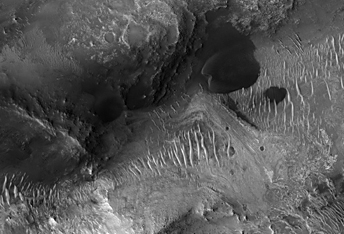
| 100,000 Images of Mars
On 7 October 2025, the HiRISE camera aboard MRO acquired this image of the Syrtis Major plains, about 85 kilometers from NASA’s Perseverance rover in Jezero Crater. This marks over 100,000 HiRISE images of Mars, which is a fabulous milestone. | 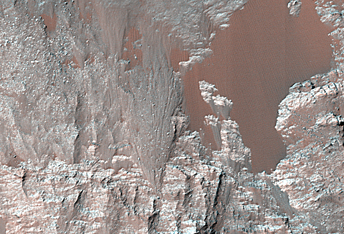
| Deep in Valles Marineris
Based on nearby CRISM spectral measurements, the layered sediments are probably made up of clays such as smectites, but carbonates, sulfates and chlorite have also been detected in this region. | 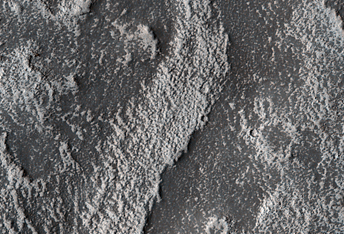
| An Inverted Channel in Flammarion Crater
Topographic inversion is a process where geologic features that were once low-lying, like impact craters or riverbeds, become elevated over time, like mesas or ridges. In this process, a crater or channel is filled with lava or sediment that becomes lithified. | 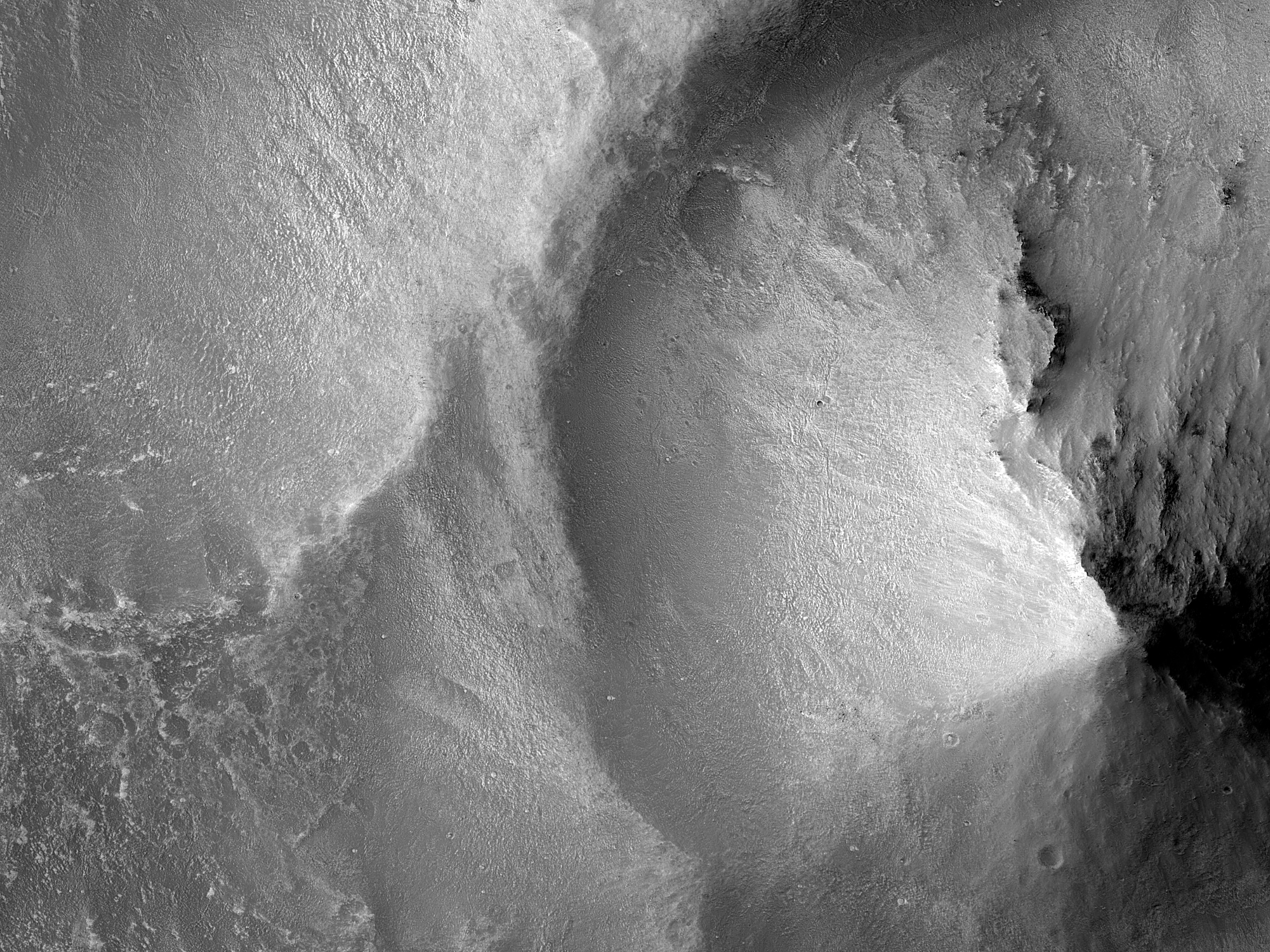
| Volcanic Cone in Claritas Fossae
This image captures an atypical cone with associated flow-like features. The shape of the cone suggests that there was a larger cone whose summit area was removed and a newer, smaller cone formed inside.
|
|
WALLPAPER
1280
1920
2560
4K
8K
10K
HIFLYERS
All HiFlyers
HISLIDES
All HiSlides
|